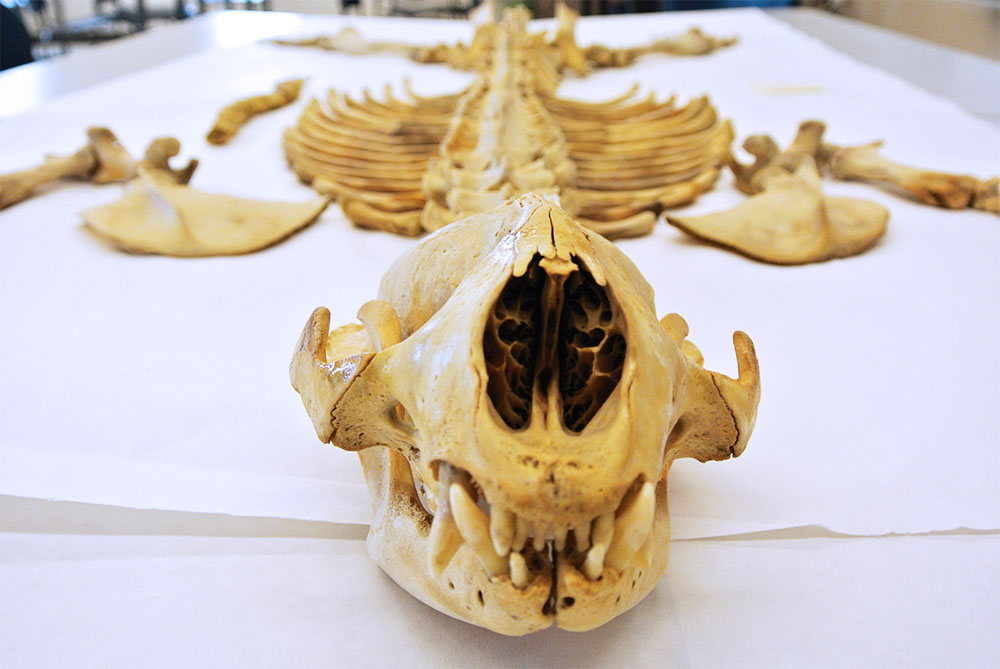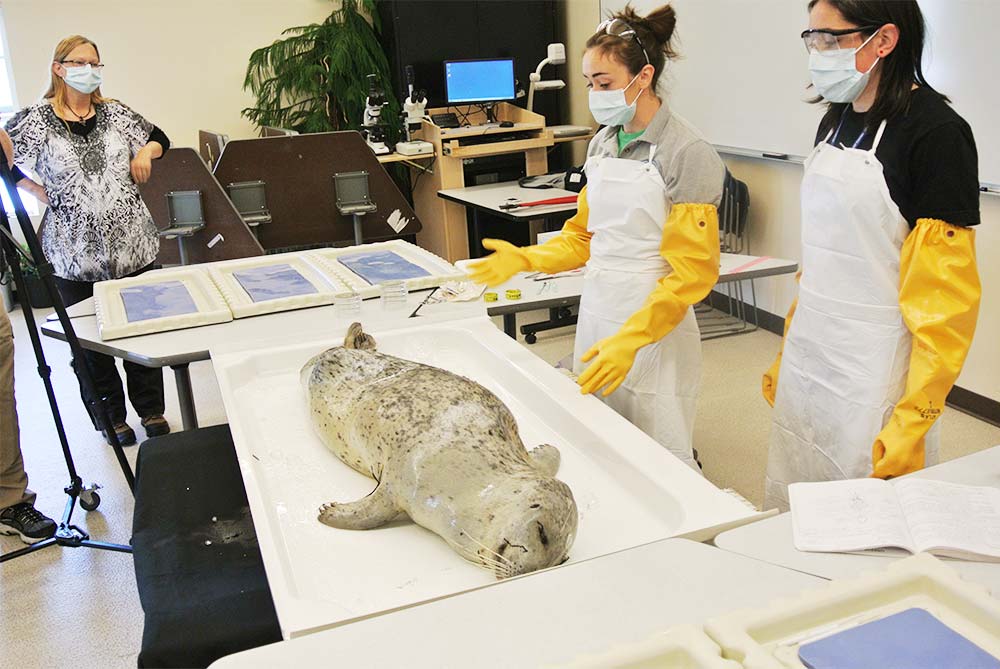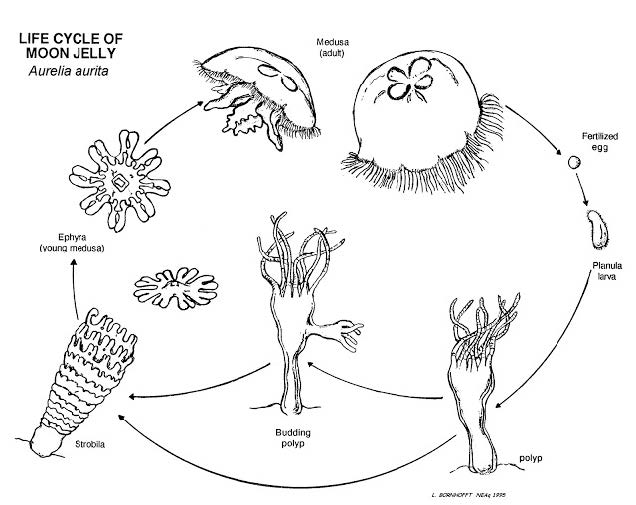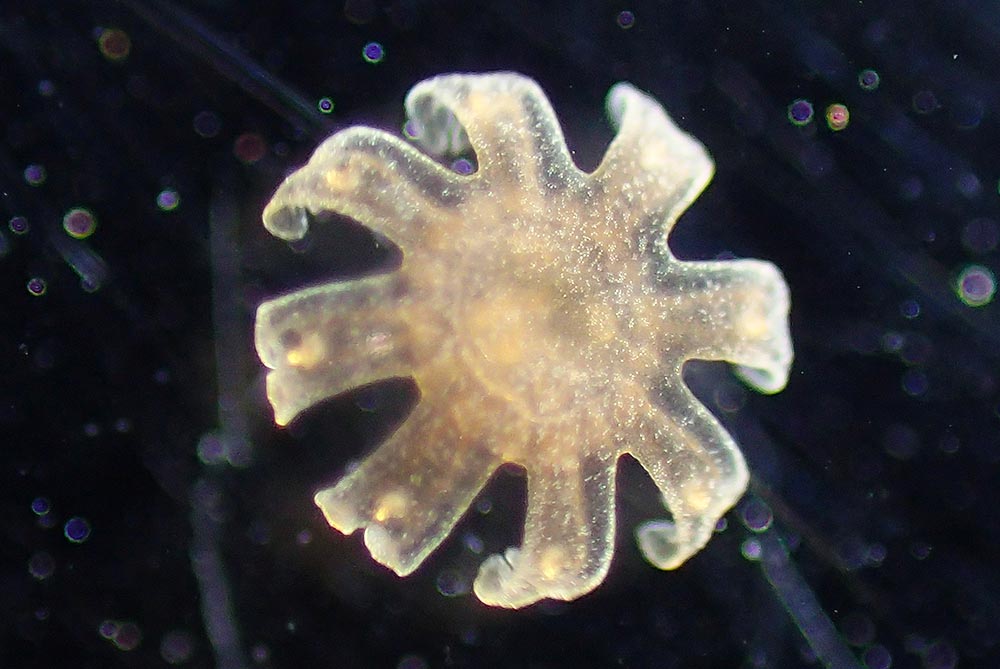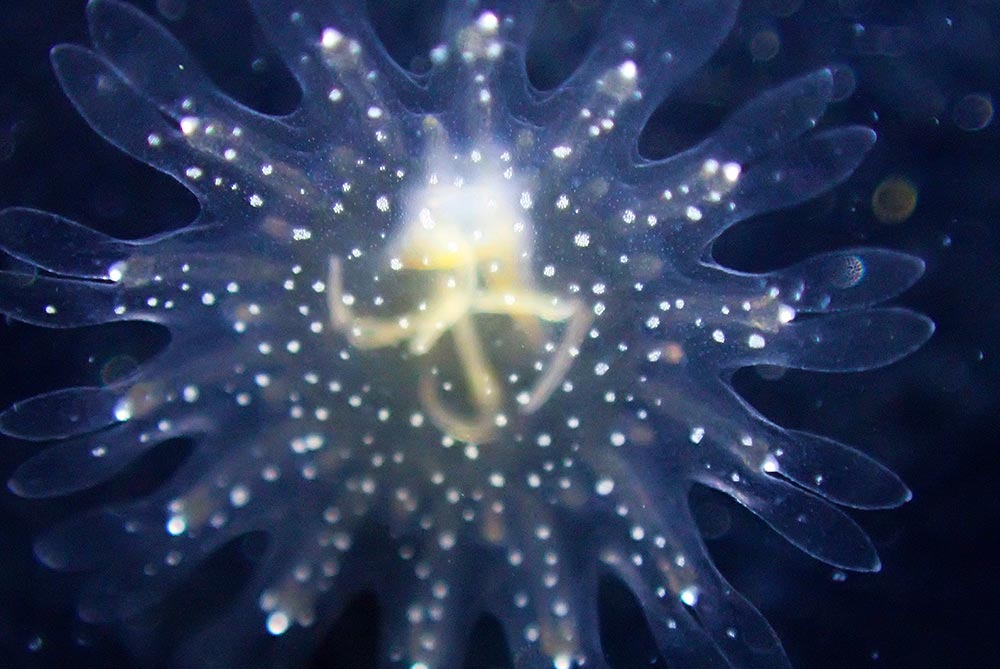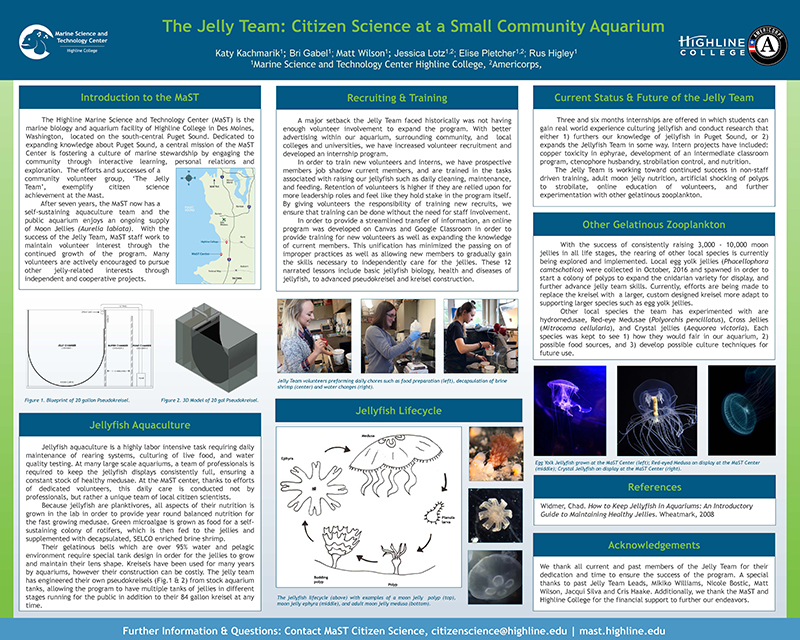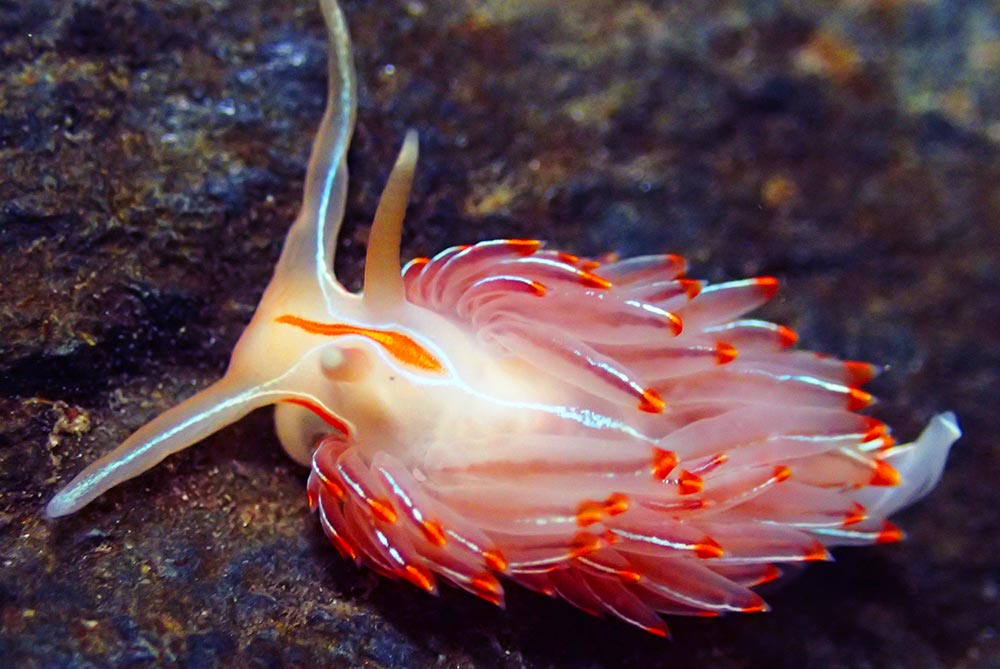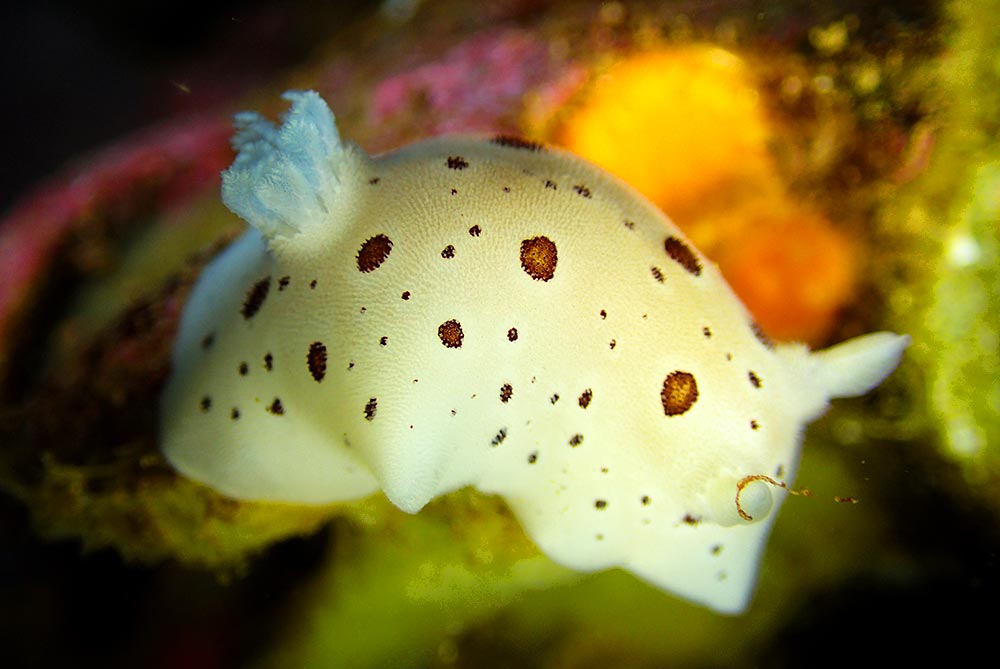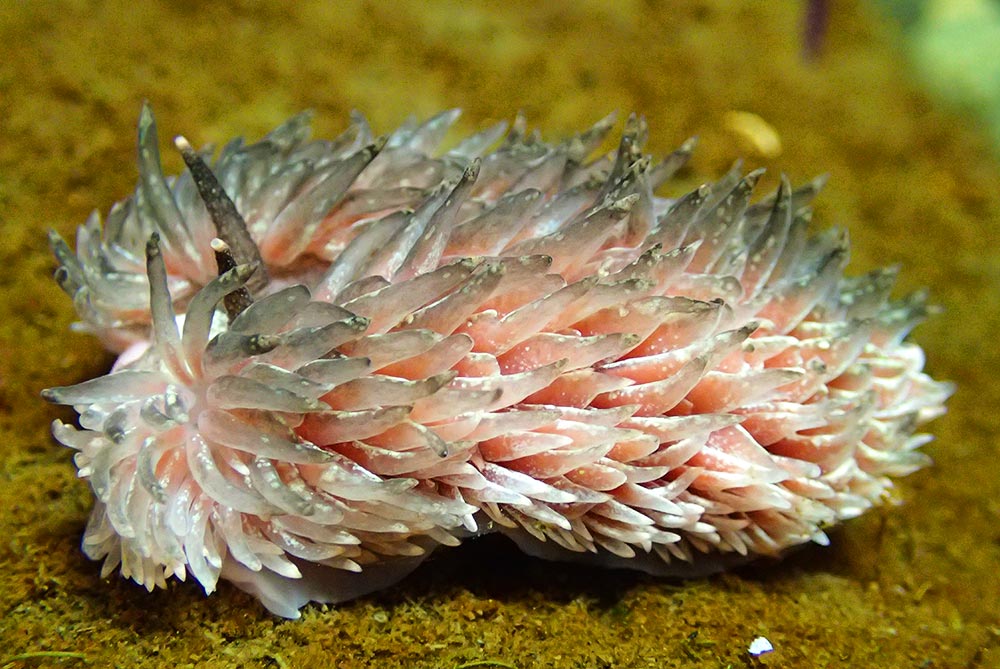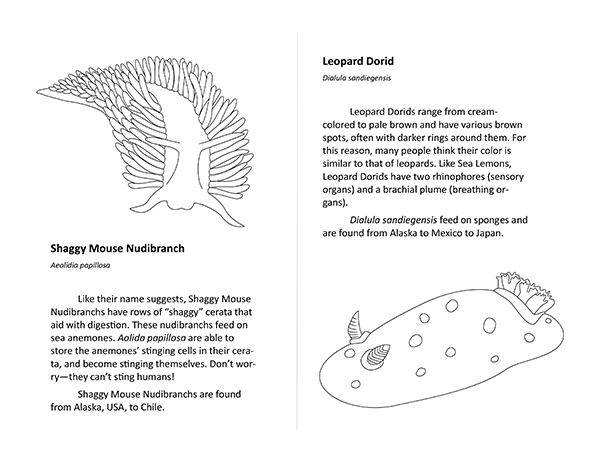Co-Science
Co-Science (formally known as citizen science) is a way for members of a community to collect or analyze data on projects related to their interests or community needs. The MaST Center Aquarium runs two Co-Science teams including the Light Trap Team, and the Marine Mammal Stranding Team. Each of our Co-Science teams are supported by volunteers and help to educate our community on local Puget Sound animal populations and threats.
Light Trap Team

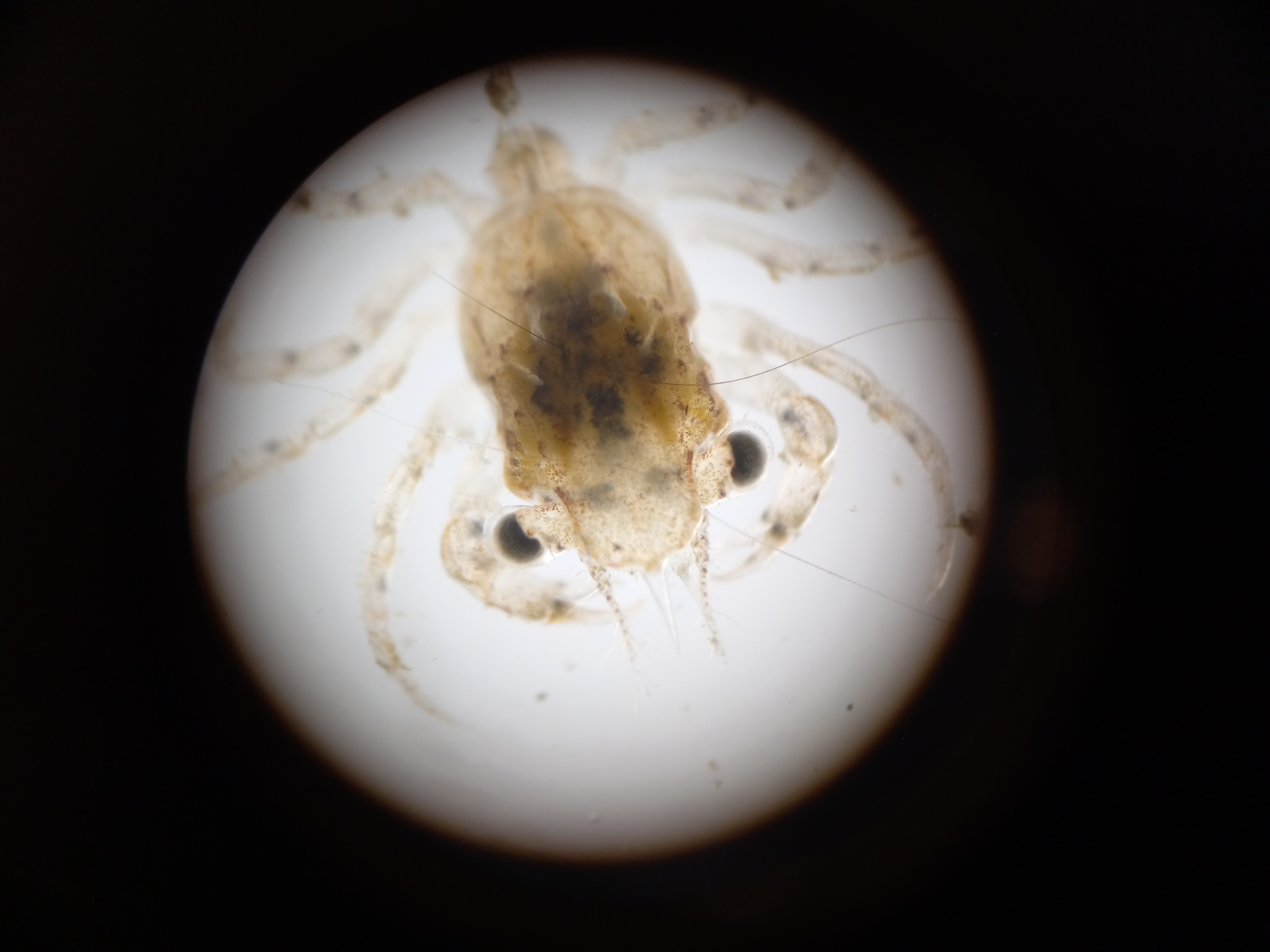
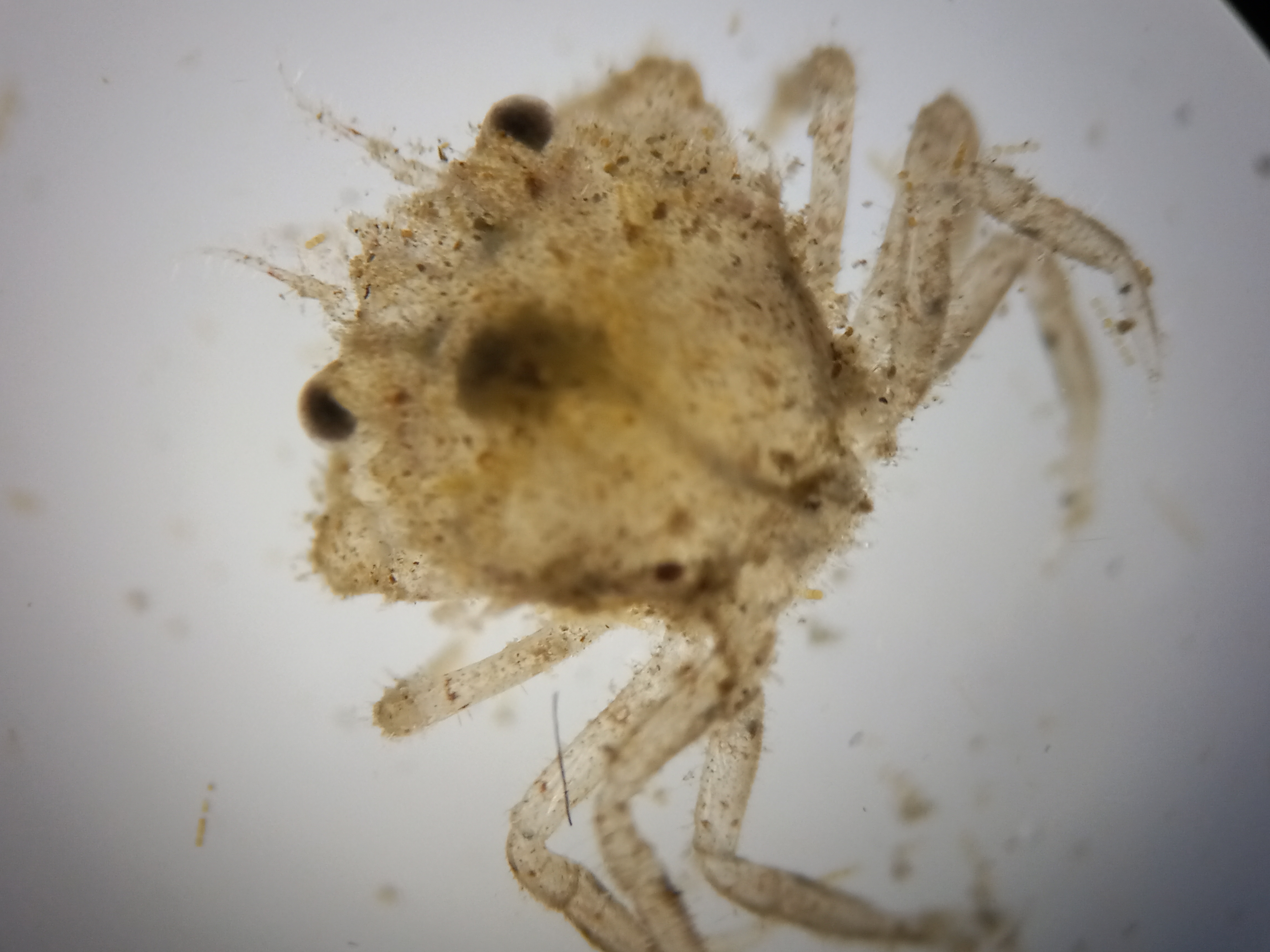
The MaST Center Aquarium is a part of the Pacific Northwest Crab Research Group.
The Pacific Northwest Crab Research Group (PCRG) formed in December 2018 with the mission of promoting and supporting sustainable Dungeness crab populations in the Pacific Northwest. Broadly, the Group’s goals are to pursue collaborative research to:
- Monitor crab populations and develop tools to forecast crab abundance;
- Better understand and sustain the ecological role of crab;
- Produce information addressing multiple critical data gaps for Dungeness crab.
The PCRG is a consortium of scientific research partners, resource managers, and community members looking to address critical research gaps in our knowledge of Dungeness crab. The aim of the PCRG is to bring together scientists and stakeholders from different disciplines and specialties relevant to Dungeness crab; prioritize research questions; identify how the PCRG can best tailor its research to inform management; and share research results from PCRG activities.
PCRG plays a role in supporting fishery managers by providing baseline data that is critical for making informed decisions about the resource.
- Population Assessment
- Spatial and Temporal Management
- Adaptive Management
- Habitat Conservation, Restoration, and Mitigation
- Disease, Pests, and Pollution
- Fishery Impacts
The MaST Center Aquarium is a PCRG light trap monitoring site. Volunteers have the opportunity to collect zooplankton for quantitative data to better understand the biodiversity, biomass, and seasonality trends of Puget Sound. From April to September, our target species is Dungeness crab larva.
Report Distressed Marine Mammals
(206) 724-2687
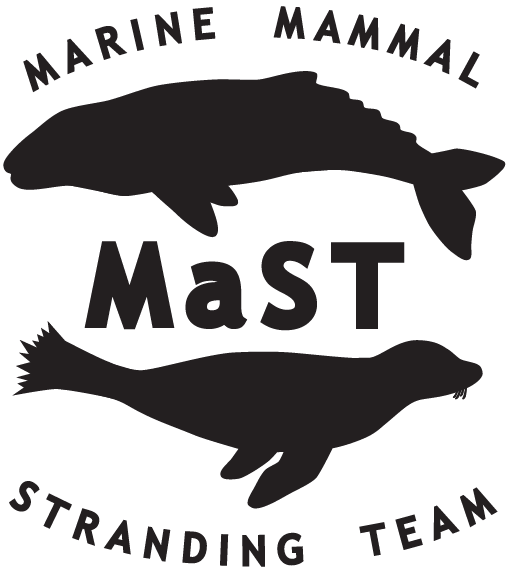
Marine Mammal Stranding Team
The MaST Marine Mammal Stranding Team aims to increase response to stranded marine mammals. We work closely with NOAA Fisheries, Washington State Department of Fish and Wildlife, and SR3 – Sealife Response, Rehabilitation, and Research. This team is run by dedicated volunteers, and oversees 14 miles of Puget Sound shoreline from Brown’s Point in Tacoma, up to the Fauntleroy Ferry Terminal in West Seattle. These volunteers ensure coverage of our territory, and further the knowledge of local community members by providing on-site assistance and education.
This program is made up of volunteers who provide first response to marine mammals on our shores. In order to make this team available to all community members, our volunteers choose preferred response sections in our team’s area. All volunteers participate on an “as available” basis. Training is provided to all applicants. Volunteers must be 10 years or older to join the Marine Mammal Stranding Team, but you do need transportation. All Marine Mammal Stranding Team members must volunteer on another MaST Center Aquarium volunteer team (Education, Life Support, or Co-Science).
The MaST Center Stranding Team not only responds to distressed marine mammals on-site, but also provides educational opportunities to the public at our facility. Volunteers have the opportunity to assist in animal necropsies, animal flensings, and skeleton articulation for display in our marine mammal skeleton gallery.
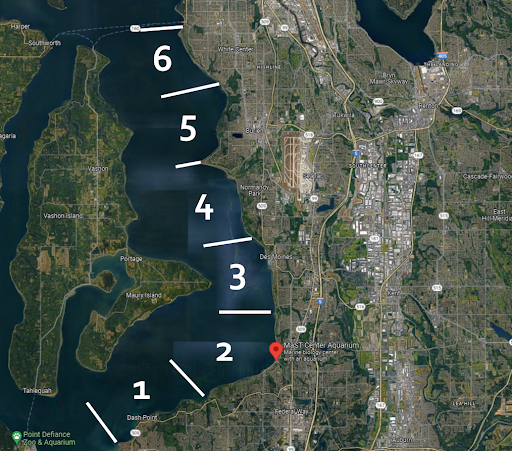
Sections
- Browns Point to Dumas Bay
- Dumas Bay to Saltwater State Park
- Saltwater State Park to Marine View Park
- Marine View Park to Three Tree Point
- Three Tree Point to Salmon Creek
- Salmon Creek to Brace Point
View NOAA Fisheries West Coast Region Marine Mammal Stranding Network Maps.
Past Co-Science Teams
Jelly Team
The program started in the interest of raising Moon Jellies (Aurelia labiata) in our aquarium instead of catching new individuals every couple of months. Dedicated volunteers have developed the program from a one tank, live catch system, to a multi-tank and full life stage operation maintaining 3,000-10,000 Moon Jellies at any given time.
Jellyfish populations and jellyfish health are considered indicators of ocean and ecosystem health making them a vital research tool in our local Puget Sound waters. The Jelly Team provided baseline data on the lifecycle associated with jellyfish and best practices on how to raise each life stage.
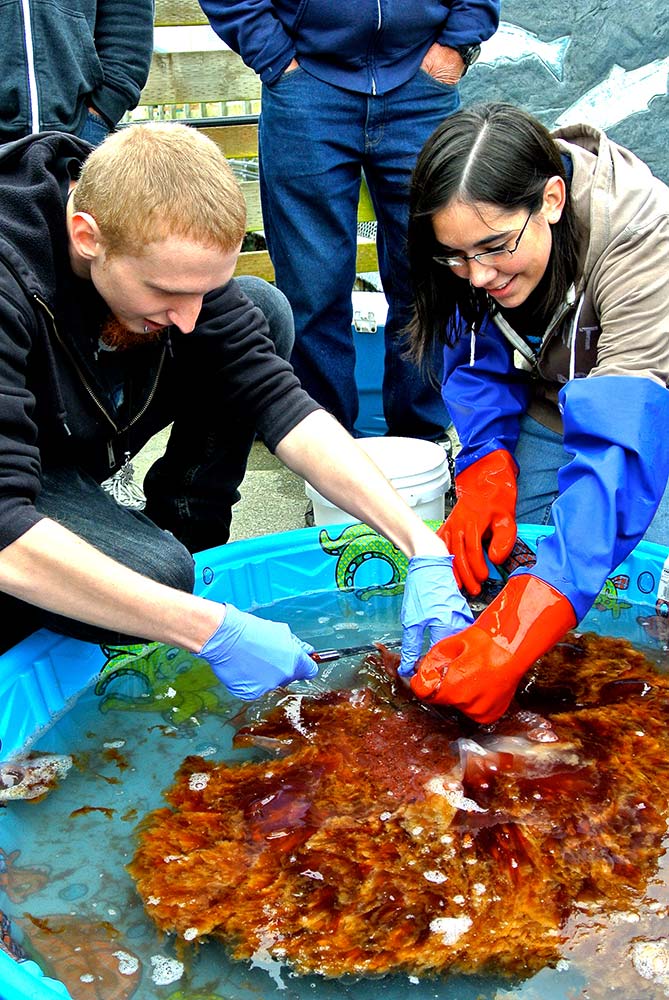
Adults are called medusa and are what we recognize as the swimming animals called jellyfish. These adults release their gametes into the water where they develop into Planula larvae. These larvae settle on the bottom of our jelly tank to form polyps. The polyps are taken into our wet lab and cared for until the process of strobilation occurs (asexual reproduction of the polyps). This process allows polyps to bud new, young jellies called ephyra. While the ephyra are developing into their adult medusa stage they are cared for in our lab until large enough to go on display in our aquarium where the process starts again!
The program evolved to experiment with in vitro fertilization and other spawning techniques using gametes of the Egg Yolk Jellyfish (Phacellophora camtschatica) to produce polyps artificially. Our dedicated volunteers also developed new protocols to hold and breed ctenophores which are a different type of gelatinous zooplankton like the jellyfish. In addition, they are planned and implemented a middle school education program where Moon Jellies were placed in local classrooms so students could observe the early life stages and learn about the health of Puget Sound through the jellyfish.
Nudibranch Team
Over the years MaST Center team members and aquarium visitors have observed various types of colorful sea slugs, called nudibranchs, throughout the tanks in the aquarium. However, these species were never documented until dedicated volunteers started the Nudibranch Team. The Nudibranch Team was a volunteer program that was responsible for recording data concerning the temporal and seasonal variations of the populations of nudibranchs in our tanks. Volunteers recorded which species of nudibranchs they observe in the aquarium, in which tank they are found, and how many of each species are found.
Nudibranchs fill a specialized role in their environments based on their diet and are possible indicators of ocean and ecosystem health. Few other studies have been done to document nudibranch populations in South Puget Sound as these animals are small and hard to see when scuba diving. Our team was able to utilize our open flow aquaria as a proxy for Puget Sound waters because planktonic nudibranchs are able to come into the aquarium and settle naturally as they would in the habits surrounding the MaST Center.
Our data is available free to the public.
Our volunteers have collected data on nudibranch populations in our aquarium since 2013. We offer it free to the public, with the understanding that users will give credit to Highline College, the MaST Center, and the Team founder, Eugene Disney. Email this Nudibranch Data Acquisition Form to Rus Higley to request access.
Volunteer or Donate to C0-Science Programs
All of our Co-Science Teams are run by volunteers. If you do not have time to volunteer, you can still help out! Donate to the Co-Science Programs.


